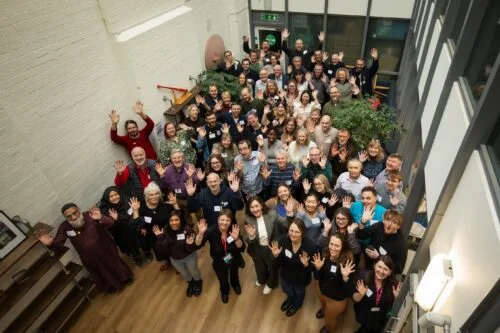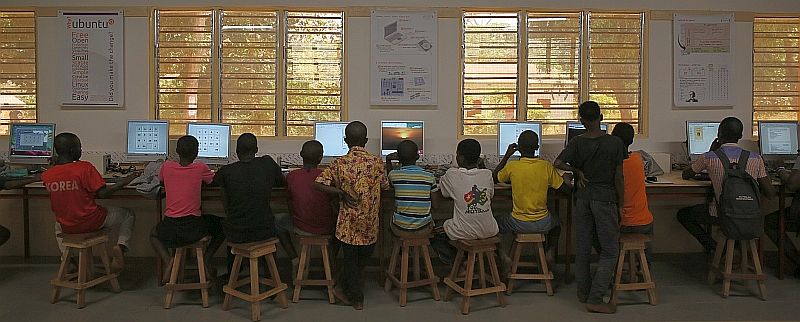Schlagwort: teaching
-

Teaching about AI – Teacher symposium
Reading Time: 5 minutesAI has become a pervasive term that is heard with trepidation, excitement, and often a furrowed brow in school staffrooms. For educators, there is pressure to use AI applications for productivity — to save time, to help create lesson plans, to write reports, to answer emails, etc. There is also a lot…
-

Learn how to teach computing to 5- to 11-year-olds
Reading Time: 3 minutesIntroducing children to computing concepts from a young age can help develop their interest and attachment to the subject. While parents might wonder what the best tools and resources are for this, primary and K1–5 educators also need to know what approaches work with their learners. ‘Teaching computing to 5- to 11-year-olds’…
-

How do we create engaging online courses for computing educators?
Reading Time: 6 minutesWith our online courses programme, launched in 2017, we made it our mission to provide computing educators with the best possible free training we can design. Five years on, here are some of the key stats about the courses’ impact: We’ve produced and launched 35 free online courses We’ve created over 650…
-

Learning at home with the Raspberry Pi Foundation
Reading Time: 4 minutesAs the UK — like many countries around the world — kicks off the new year with another national lockdown, meaning that millions of young people are unable to attend school, I want to share an update on how the Raspberry Pi Foundation is helping young people to learn at home. Please…
-

Raspberry Pi reaches more schools in rural Togo
Reading Time: 3 minutesWe’ve been following the work of Dominique Laloux since he first got in touch with us in May 2013 ahead of leaving to spend a year in Togo. 75% of teachers in the region where he would be working had never used a computer before 2012, so he saw an opportunity to…




